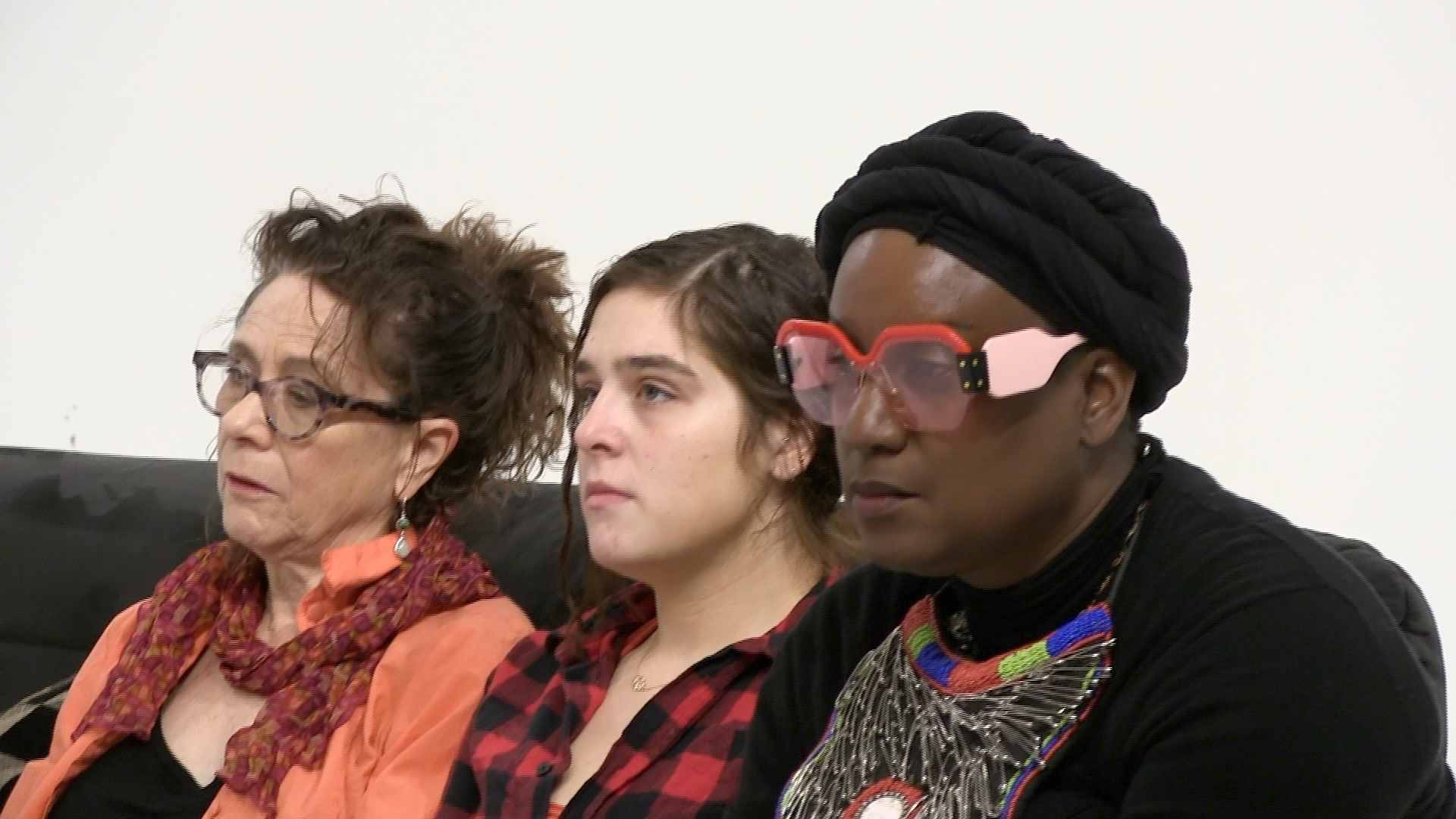Being Seen

What do you see when you see me now, head drooping, carefully stepping, barely balanced on sticks held by arthritic hands? "Bless you," I've heard, or "good job," or some just smile to show I'm included in this beautiful day. I am accorded that kindness reserved for heroic cripples who might have given up but instead still struggle, still battle, and maybe even overcome obstacles. Thank you.
I remember back in my 20s I was trying to explain to a friend how hard it was to be crippled, how ugly I felt, how obvious it seemed to me, how visible, and she said "what is there to see? I don't notice your hands." Like I don't see color, this was meant to be kind, but I brisled because I wanted this part of myself to be seen; I wanted this twisted incapacity to come to light. And now that it has I am ungrateful. Now I want people to see my strength. It is very much still there.
People saw Simone Biles as a superhero. I read somewhere just a week ago, before the debacle, that she could not be compared with Tiger Woods, for example, because she never fails. What a surprise to learn that the pressure to live up to that image was actually unbearable. By the way, why is she compared to Tiger Woods? He is a golfer. Anyway.
We can't help it. We can't see dimensionally. We can't see subjective experience. So if we, the seen, shape ourselves according to what they see and say about us then we lose the bits that aren't seen. Well, we don't lose them but we might forget to nourish them until they start screaming. Only then can we move toward wholeness. So, this falling apart, this failure to perform, initiates healing, and not just for the partially seen but for the culture that creates and then subsists on these impoverished and unidimensional figures.
I loved being a mother, loved my child beyond measure, and yet being seen as a mother seemed to obliterate every other characteristic. I wasn't good at organizing fund raisers or even organizing school bags or even the complex social dynamics of parental conversations at the school events, or even getting things done while gettiing interrupted. Seeing myself as a failure, then, pushed me into a creative space where I began to investigate what was missing.
Just last week, I read in the Atlantic an account of a young writer's relationship with Nora Ephron, who had hidden her cancer until the end. She made sense of it, thus:
"Of course Nora told no one about her illness. The transmission of woes is a one-way street, from child to mother. A good mother doesn’t burden her children with her pain. She waits until it becomes so heavy, it either breaks her or kills her, whichever comes first."
I think Mixed Messages was another way to investigate whether younger and older women can see each other, hear each other, learn from each other, and uplift each other. I don't know. I despair when I see how older White women are so easily mocked and dismissed.
Meanwhile, the breeze makes the trees dance. Or are the trees inviting the breeze? I don't know. I only see the tree. I only feel the breeze.
July 30, 2021

 Share Article →
Share Article →
Reader Comments